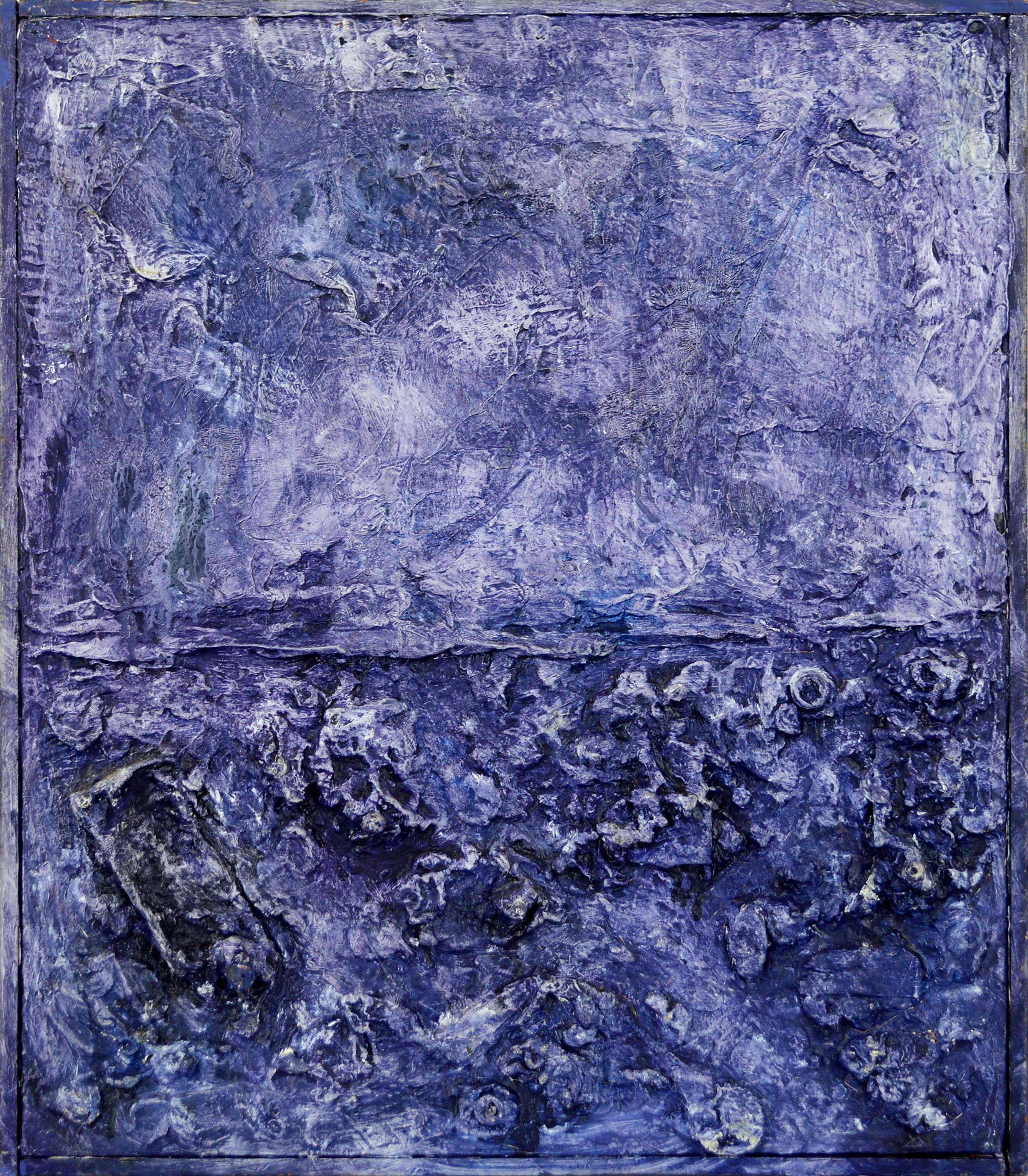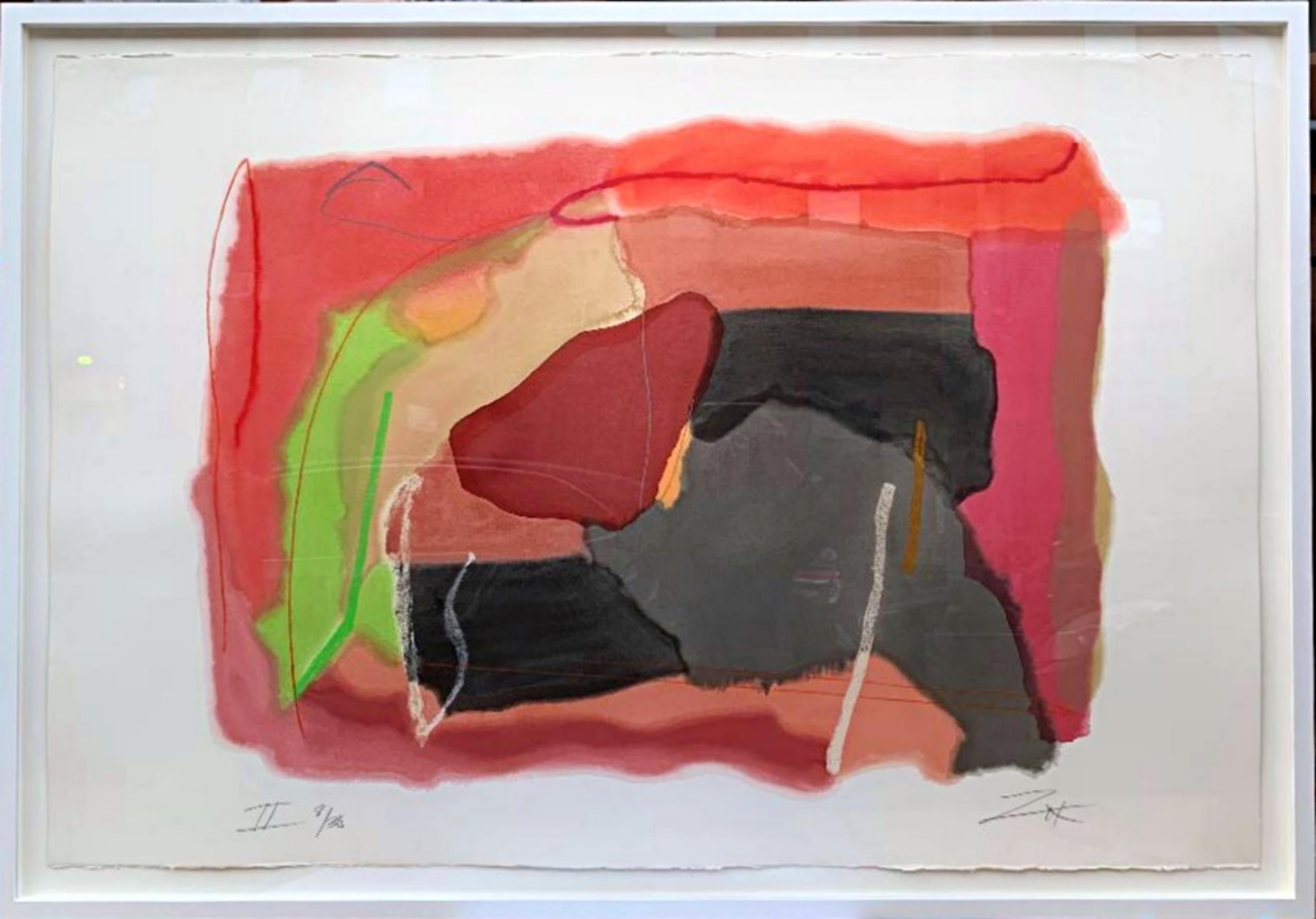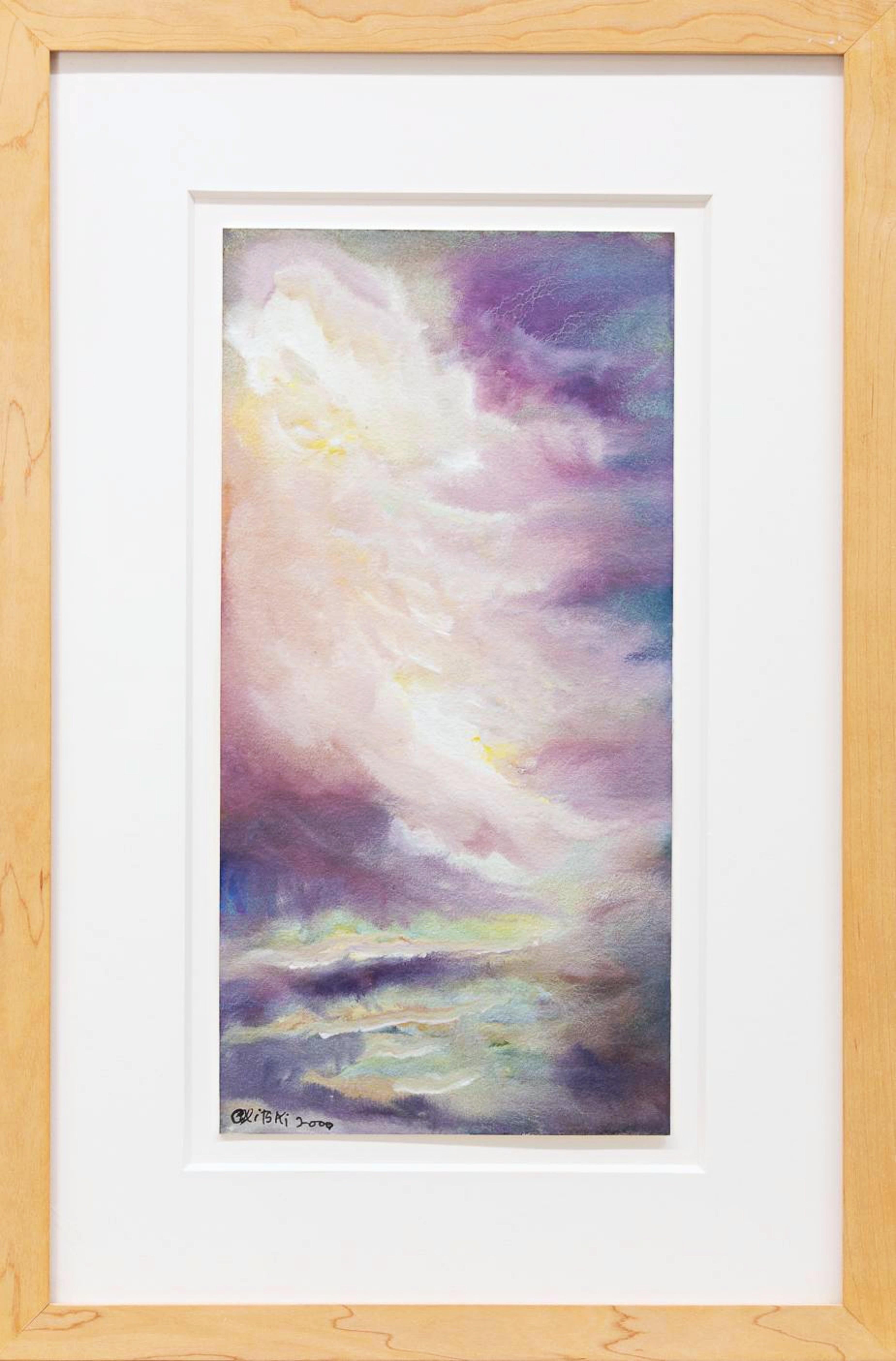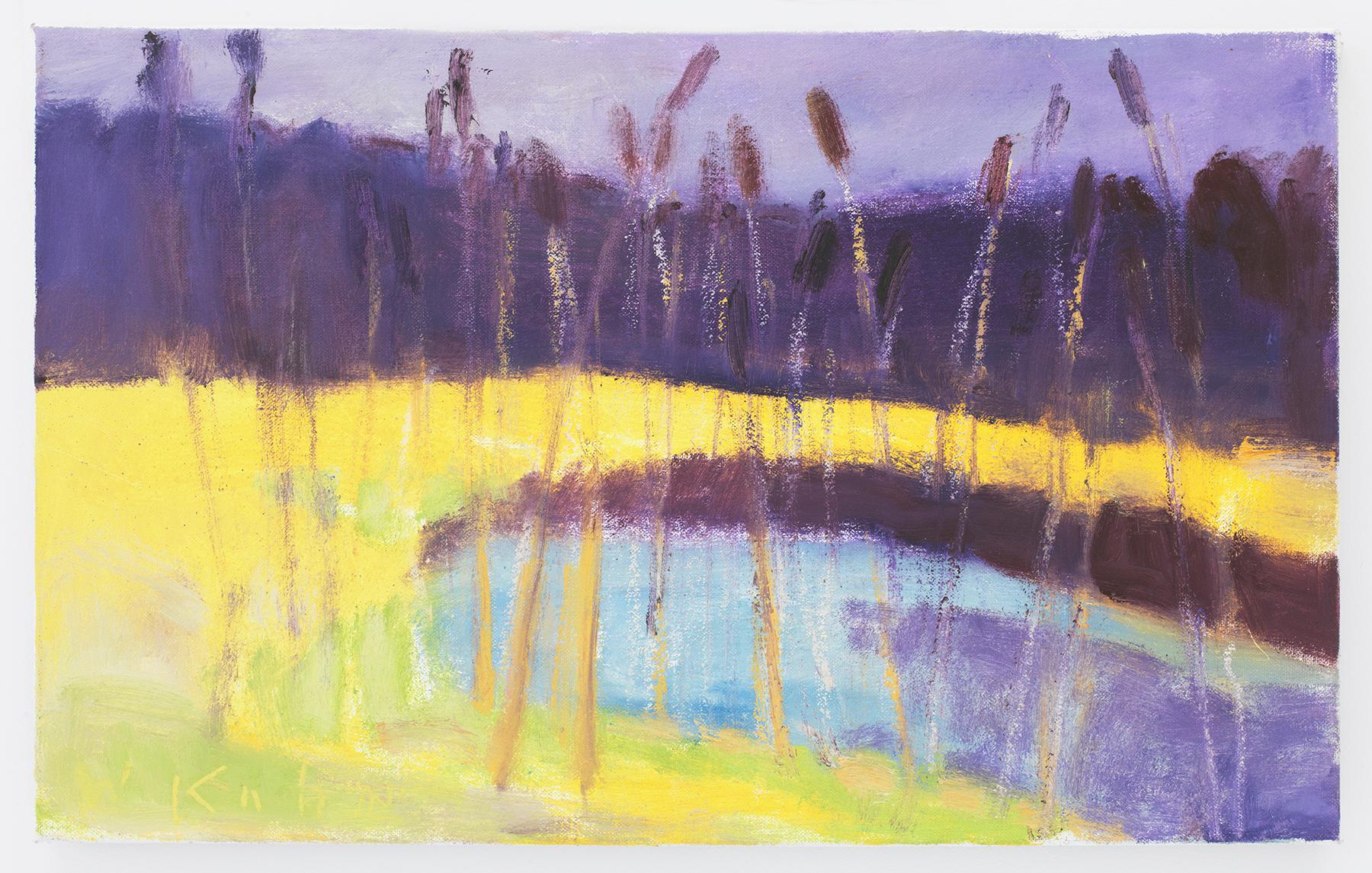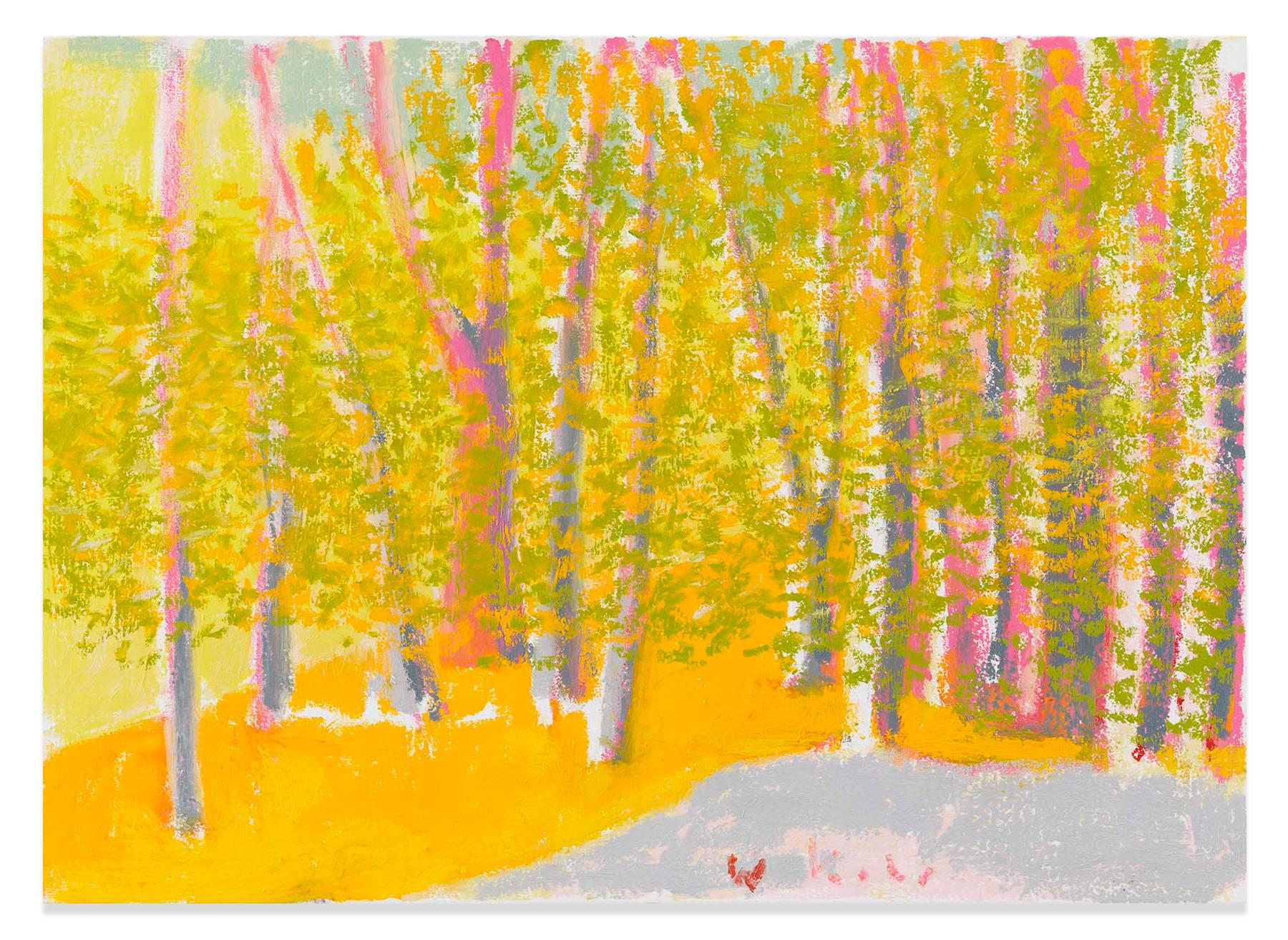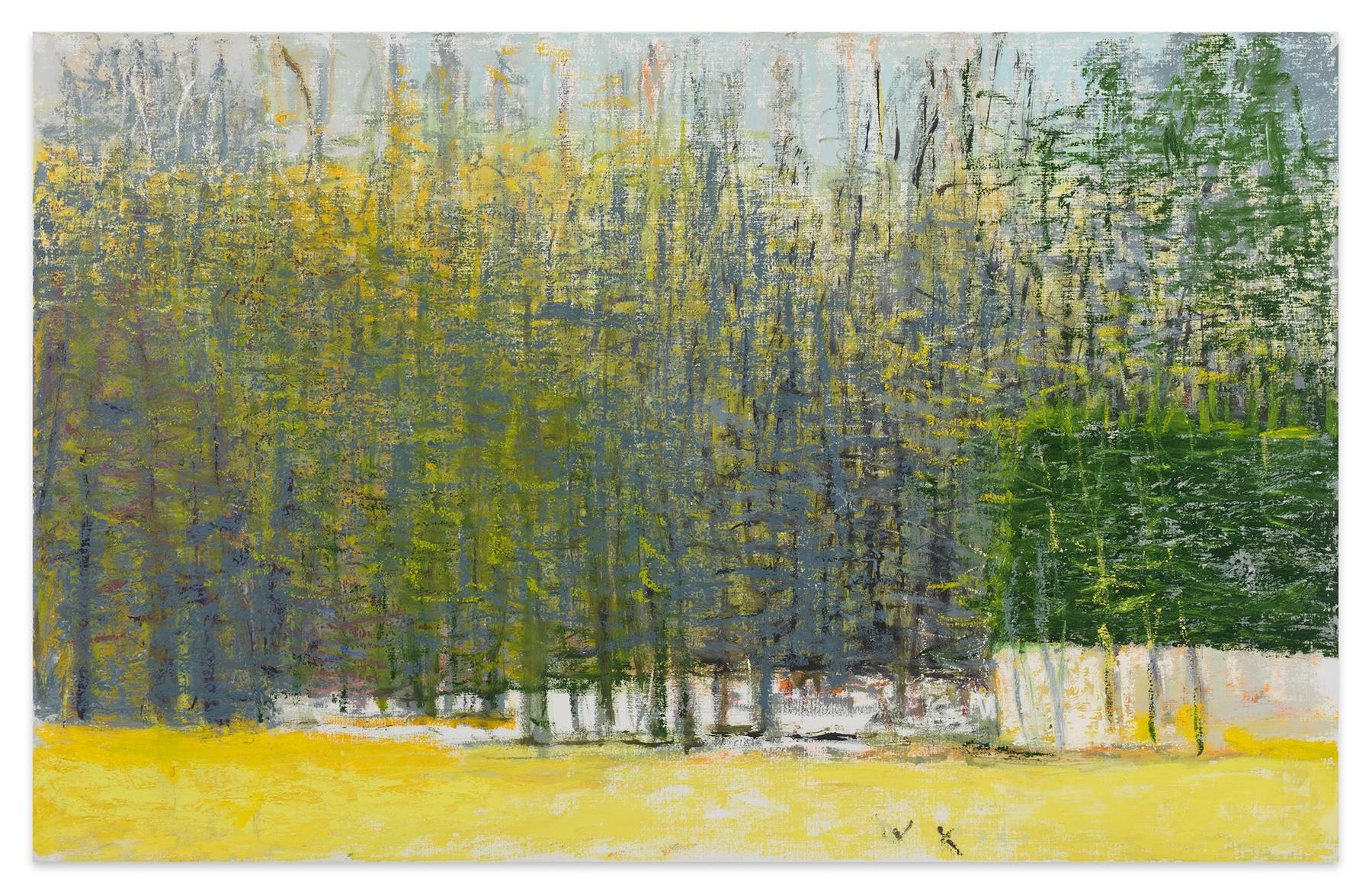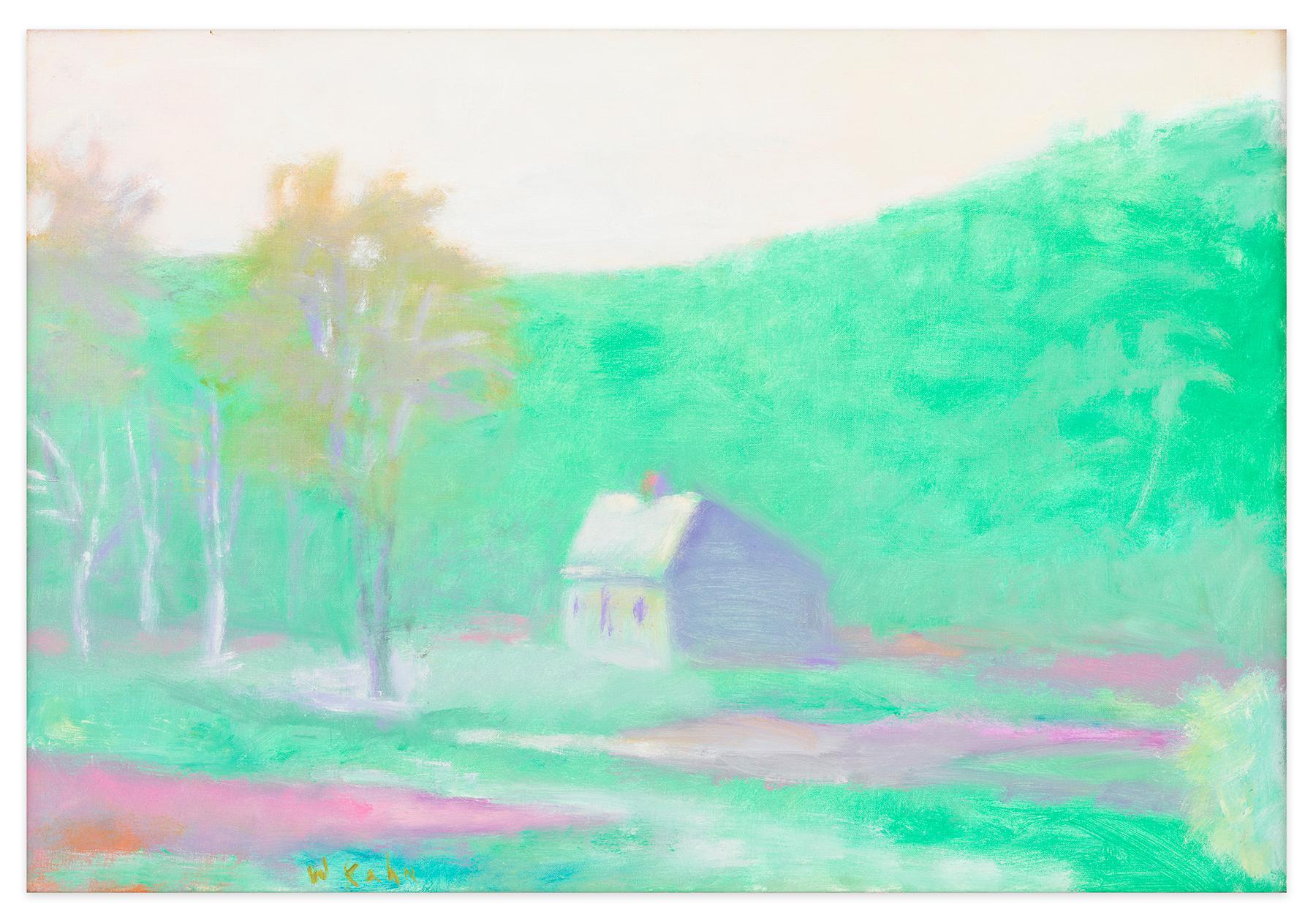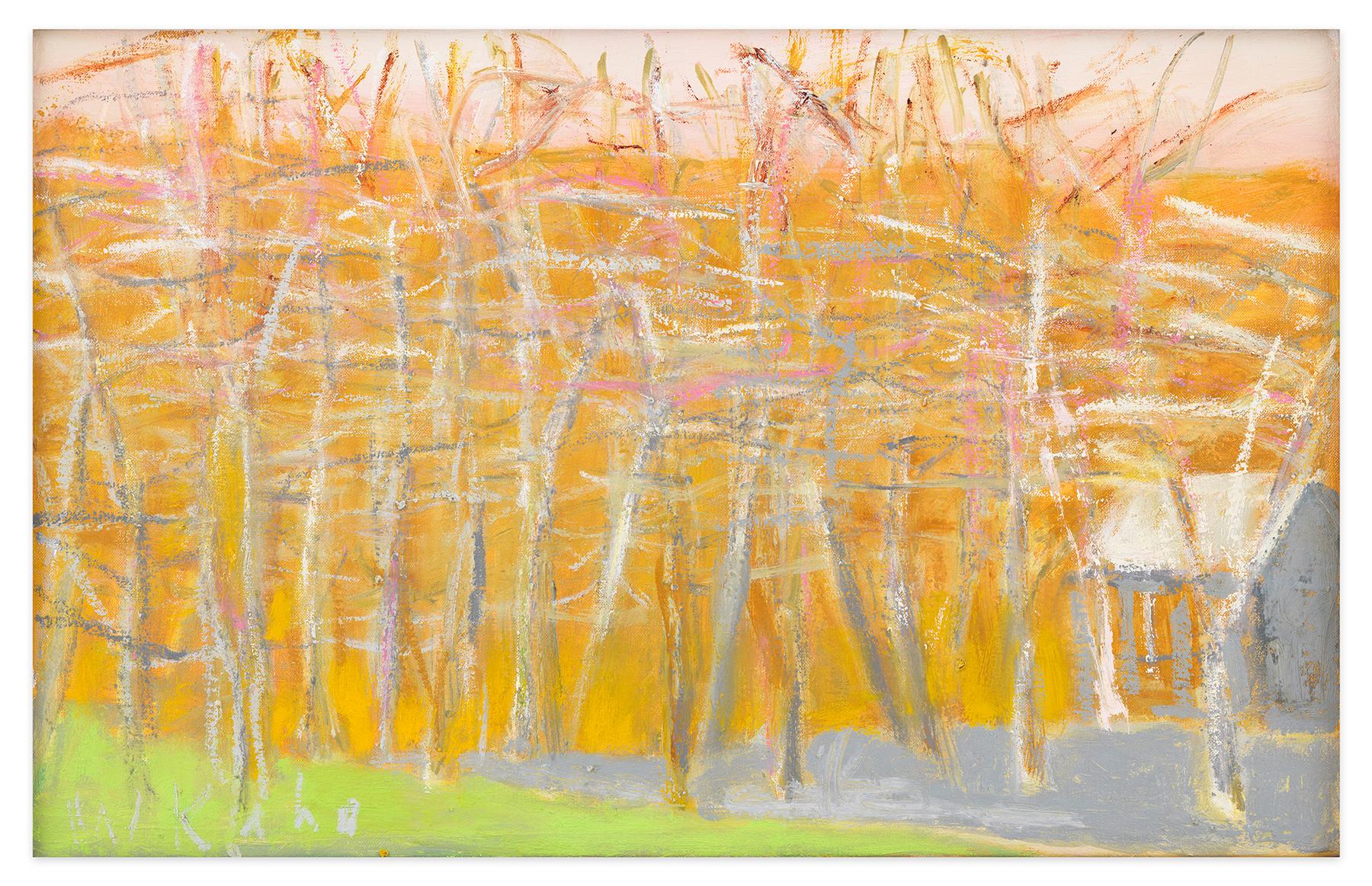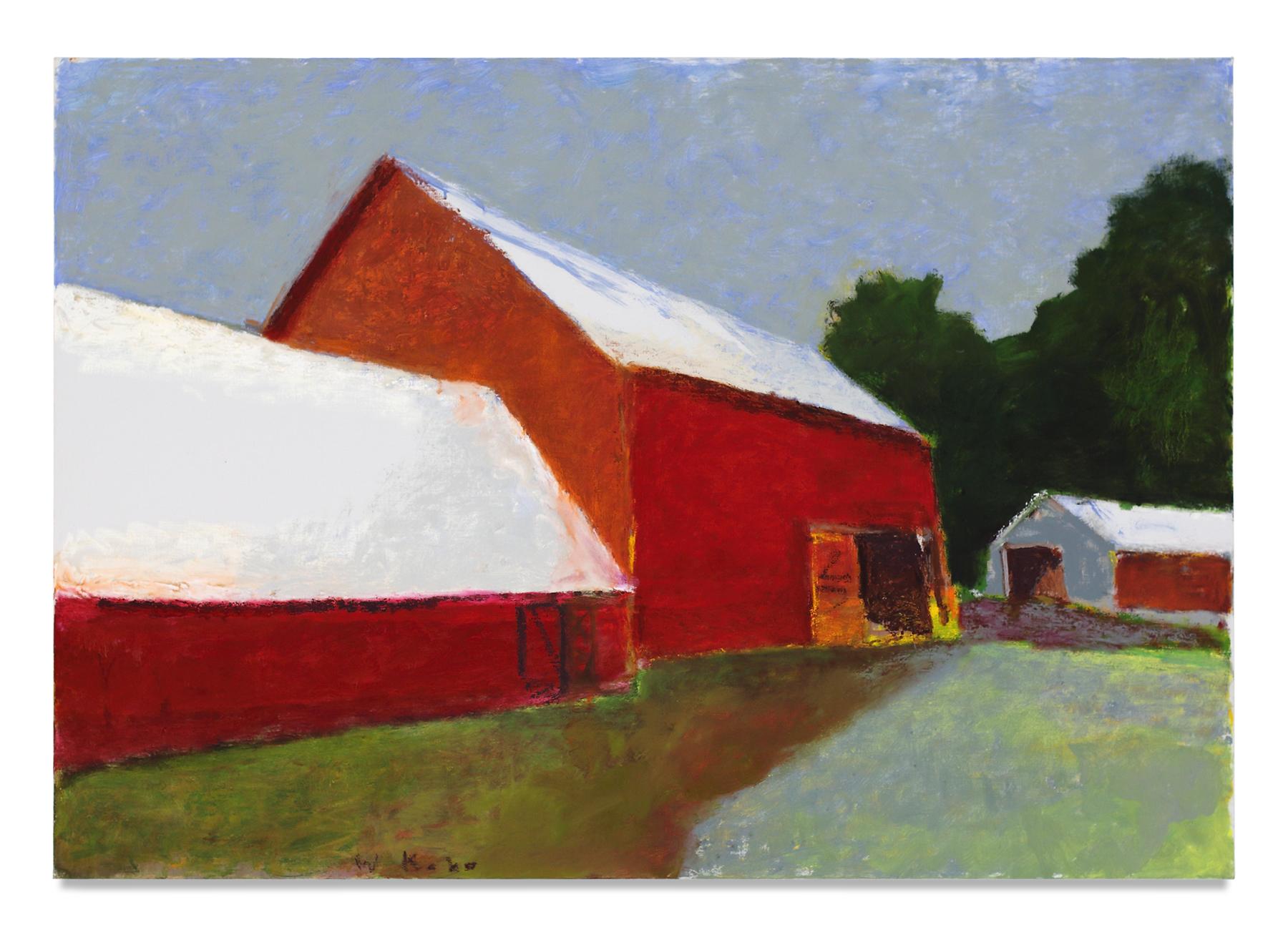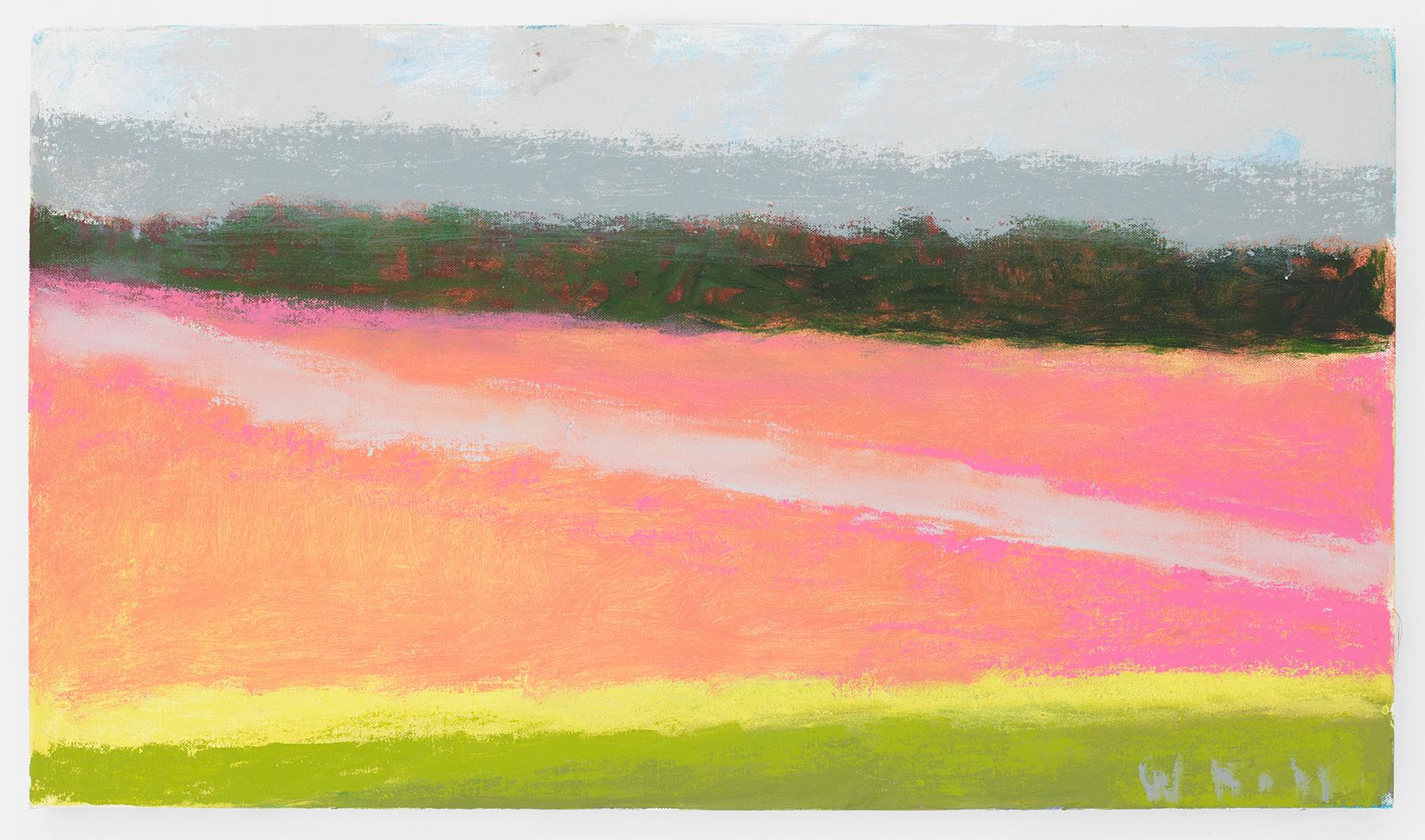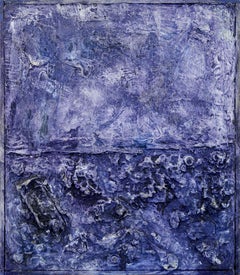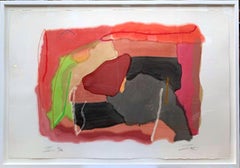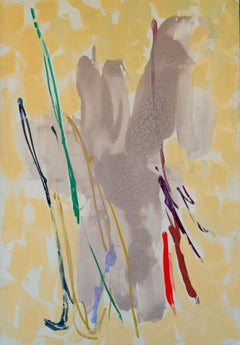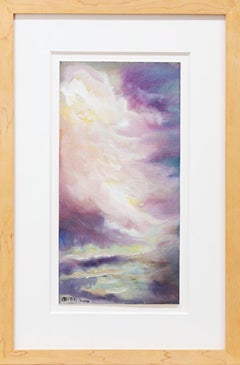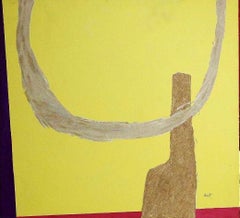
Untitled Sand Painting
View Similar Items
1 of 4
Agnes HartUntitled Sand Paintingc. 1960
c. 1960
About the Item
- Creator:Agnes Hart (1912 - 1979, American)
- Creation Year:c. 1960
- Dimensions:Height: 44 in (111.76 cm)Width: 48 in (121.92 cm)Depth: 1 in (2.54 cm)
- Medium:
- Movement & Style:
- Period:
- Condition:
- Gallery Location:East Hampton, NY
- Reference Number:1stDibs: LU18124395632
Authenticity Guarantee
In the unlikely event there’s an issue with an item’s authenticity, contact us within 1 year for a full refund. DetailsMoney-Back Guarantee
If your item is not as described, is damaged in transit, or does not arrive, contact us within 7 days for a full refund. Details24-Hour Cancellation
You have a 24-hour grace period in which to reconsider your purchase, with no questions asked.Vetted Professional Sellers
Our world-class sellers must adhere to strict standards for service and quality, maintaining the integrity of our listings.Price-Match Guarantee
If you find that a seller listed the same item for a lower price elsewhere, we’ll match it.Trusted Global Delivery
Our best-in-class carrier network provides specialized shipping options worldwide, including custom delivery.You May Also Like
Mid Century Textural Color-Field Abstract in Royal Blue-Purple by Peter Witwer
By Peter Witwer
Located in Soquel, CA
Mid Century Textural Color-Field Abstract in Royal Blue-Purple by Peter Witwer
A striking mid-century textural color-field abstract in a bold color palette of royal blue-purple by San Francisco artist Peter Witwer (American, 1928-1968). This highly textured mixed media piece, c.1960's, uses a monochromatic palette that is divided into two areas of varying textural depths. The lower part of the canvas verges on sculptural, as the textured surface becomes almost three-dimensional and haunting forms emerge from the abstract purple-blue plane.
Unsigned. From a collection of the artist's works.
Displayed in a painted wood slate frame. Frame has been painted by the artist and is considered part of the artwork.
Linen size: 26"H x 22"W.
Framed size: 27"H x 23"W x 1.2"D
Unsigned, but was acquired with a collection of the artist's work.
Provenance: Without a will and a family that had little interest in his art, nearly all of his possessions and close to 100 paintings were turned over to SF’s Conservators Office. His friend, Albert Richard Lasker, purchased all of Peter’s possessions (including the art) and has taken care of them until this day, always sensing there was something remarkable about the collection. Wanting Peter’s work to finally be seen, Richard came to Lost Art Salon with Peter’s story after reading about the new gallery in a July, 2005 issue of the SF Chronicle.
Born George Peter...
Category
1960s Color-Field Abstract Paintings
Materials
Linen, Oil, Mixed Media
Dexter's Choice, State II, signed mixed media watercolor (unique variant) Framed
By Larry Zox
Located in New York, NY
Larry Zox
Dexter's Choice, State II, ca. 1990
Mixed media, Watercolor pochoir, and Oil stick Wax, Water-Based Crayons, on heavy Arches museum watercolor rag paper with deckled edges
40 × 60 in
101.6 × 152.4 cm
Edition 8/30 (unique variant)
Frame included
Measurements:
Sheet: 40 inches (vertical) by 60 inches (horizontal)
Frame: 42 inches x 62 inches x 1 inch
Dexter's Choice, State # II is a unique, mixed media work from an edition of 30 unique variants done in pochoir, (25 stencils, 14 colors). Here, Zox uses watercolor instead of inks, which is applied to heavy 300 lb. watercolor paper. Although it is a multiple signed and numbered from the edition of 30, each work of art is unique because of how the paper receives the watercolor brush. In addition, this work is created like a mixed media painting because it has 11 lines added by hand with wax and water based crayons and oil sticks. The unique watercolor technique that Zox employed in making "Dexter's Choice" is documented in the textbook, "Screen Printing: Water Based Techniques,Roni Henning, NYIT ".
Dexter's Choice was published by Images Gallery, and this work was acquired directly from the publisher before they sold out. This work is elegantly floated and framed in a white wood frame.
Accompanied by gallery issued Certificate of Guarantee
Larry Zox Biography:
A PAINTER who played an essential role in the Color Field discourse of the 1960s and 1970s, Larry Zox is best known for his intensely and brilliantly colored geometric abstractions that question and violate symmetry.1 Zox stated in 1965: “Being contrary is the only way I can get at anything.” To Zox, this position was not necessarily arbitrary, but instead meant “responding to something in an examination of it [such as] using
a mechanical format with X number of possibilities.”2 What he sought was to “get at the specific character and quality of each painting in and for itself,” as James Monte stated in his introductory essay in the catalogue for Zox’s 1973–1974 solo exhibition at the Whitney Museum of American Art.3 Zox’s robust paintings reveal
a celebrated artist and master of composition who is explored and challenged the possibilities of Post-Painterly Abstraction and Minimalist pictorial conventions.
Zox began to receive attention in the 1960s when he was included in several groundbreaking exhibitions of Color Field and Minimalist art, including Shape and Structure (1965), organized by Henry Geldzahler and Frank Stella for Tibor de Nagy, New York, and Systemic Painting (1966), organized by Lawrence Alloway for the Solomon R. Guggenheim Museum, New York. In 1973–1974, the Whitney’s solo exhibition of Zox’s work gave recognition to his significance in the art scene of the preceding decade. In the following year, he was represented in the inaugural exhibition of the Hirshhorn Museum and Sculpture Garden, Wahsington, DC, which acquired fourteen of his works.
Zox was born in Des Moines, Iowa in 1937. He attended the University of Oklahoma and Drake University, Des Moines, Iowa, and then studied under George Grosz at the Des Moines Art Center. In 1958, Zox moved to New York, joining the downtown art scene. His studio on 20th Street became a gathering place for artists, jazz musicians, bikers, and boxers, and he occasionally sparred with visiting fighters. He later established a studio in East Hampton, a former black smithy used previously by Jackson Pollock.
In his earliest works, such as Banner (1962) Zox created
collages consisting of pieces of painted paper stapled onto sheets of plywood. He then produced paintings that were illusions of collages, including both torn- and trued-edged forms, to which he added a wide range of strong hues that created ambiguous surfaces. In paintings such as For Jean (1963), he omitted the collage aspect of his work and applied flat color areas to create more complete statements of pure color and shape. He then replaced these torn and expressive edges with clean and impersonal lines that would define his work for the next decade.
From 1962 to 1965, he produced his Rotation series, at first creating plywood and Plexiglas reliefs, which turned squares into dynamic polygons. He used these shapes in his paintings as well, employing white as a foil between colors to produce negative spaces that suggest that the colored shapes had only been cut out and laid down instead of painted. The New York Times in 1964 wrote of the works in show such as Rotation B (1964) and of the artist: “The artist is hip, cool, adventurous, not content to stay with the mere exercise of sensibility that one sees in smaller works.”4
In 1965, he began the Scissor Jack series, in which he arranged opposing triangular shapes with inverted Vs of bare canvas at their centers that threaten to split their compositions apart. In several works from this series, Zox was inspired by ancient Chinese water vessels. With a mathematical precision and a poetic license, Zox flattened the three dimensional object onto graph paper, and later translated his interpretation of the vessel’s lines onto canvas with masking tape, forming the structure of the painting.
The Diamond Cut and Diamond Drill paintings...
Category
1990s Color-Field Abstract Drawings and Watercolors
Materials
Crayon, Oil, Watercolor, Monoprint, Mixed Media, Graphite
"Bandoline III" Sherron Francis, 1978 Gestural Color Field Abstract Painting
By Sherron Francis
Located in New York, NY
Sherron Francis
Bandoline III, 1978
Signed, titled and dated on the reverse
Acrylic and mixed media on canvas
49 x 71 1/2 inches
Artists such as Helen Frankenthaler, Morris Louis, ...
Category
1970s Color-Field Abstract Paintings
Materials
Canvas, Mixed Media, Acrylic
Play of Angels, unique signed watercolor & gouache color field painting Framed
By Jules Olitski
Located in New York, NY
Jules Olitski
Play of Angels, 2000
Watercolor and gouache on all-rag paper
Signed and dated 2000 by the artist on the front
Frame included (elegantly floated and framed in light wood...
Category
Early 2000s Color-Field Abstract Drawings and Watercolors
Materials
Mixed Media, Watercolor, Gouache, Rag Paper, Permanent Marker
1960s Paul Feeley School Color Field Painting
Located in New York, NY
School of Paul Feeley
Untitled, c. 1960s
Oil on canvas
20 x 59 5/8 in.
Signed lower right
Primarily a painter, Paul Feeley (American, 1910 - 1966) favored canvases with simple geome...
Category
1970s Color-Field Abstract Paintings
Materials
Canvas, Oil
Cattails II
By Wolf Kahn
Located in New York, NY
WOLF KAHN
Cattails II, 2003
Oil on canvas
10 x 16 inches
25.4 x 40.6 cm
Signed: "W Kahn" (lower left recto)
Color-field painting of cattails against a purple landscape and yellow gr...
Category
Early 2000s Color-Field Abstract Paintings
Materials
Oil
Price Upon Request
